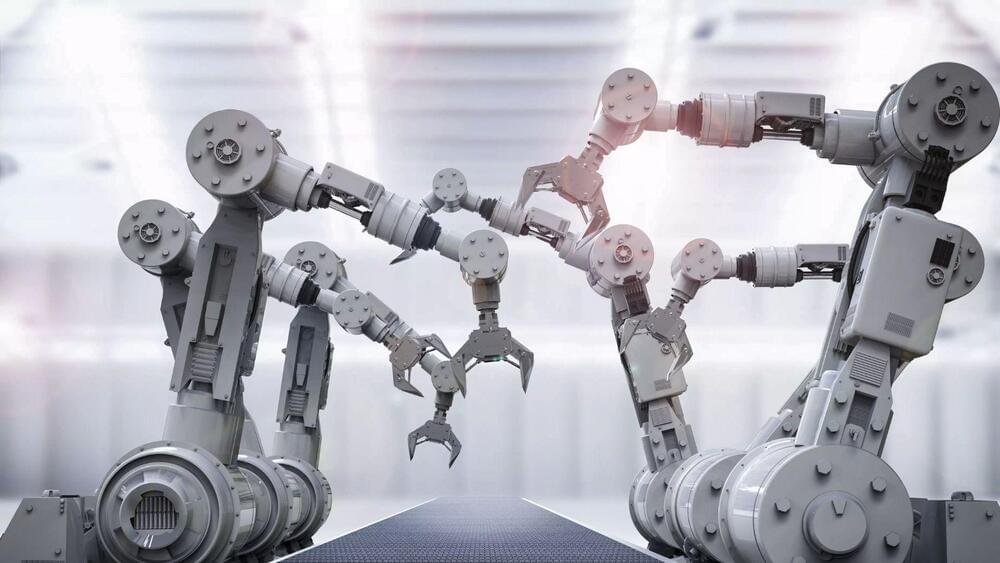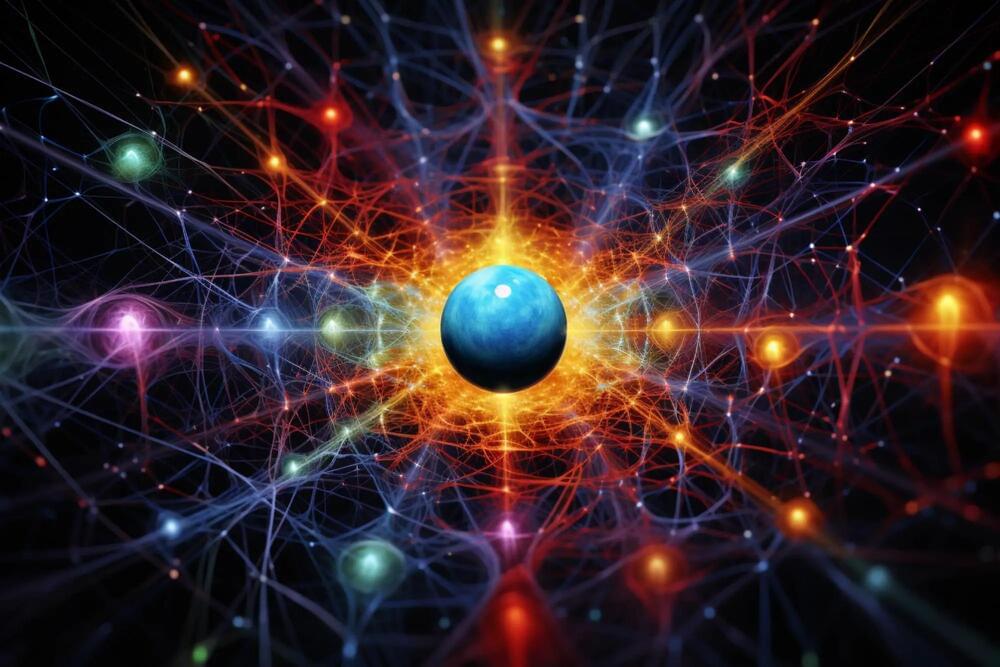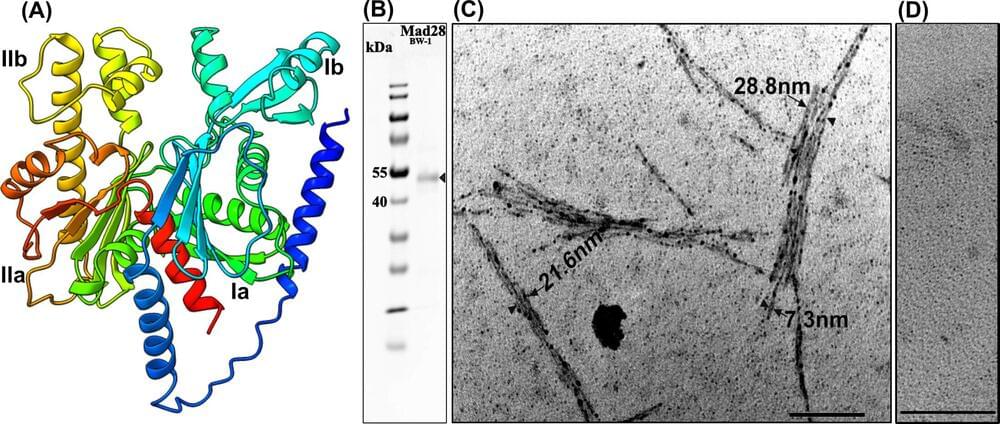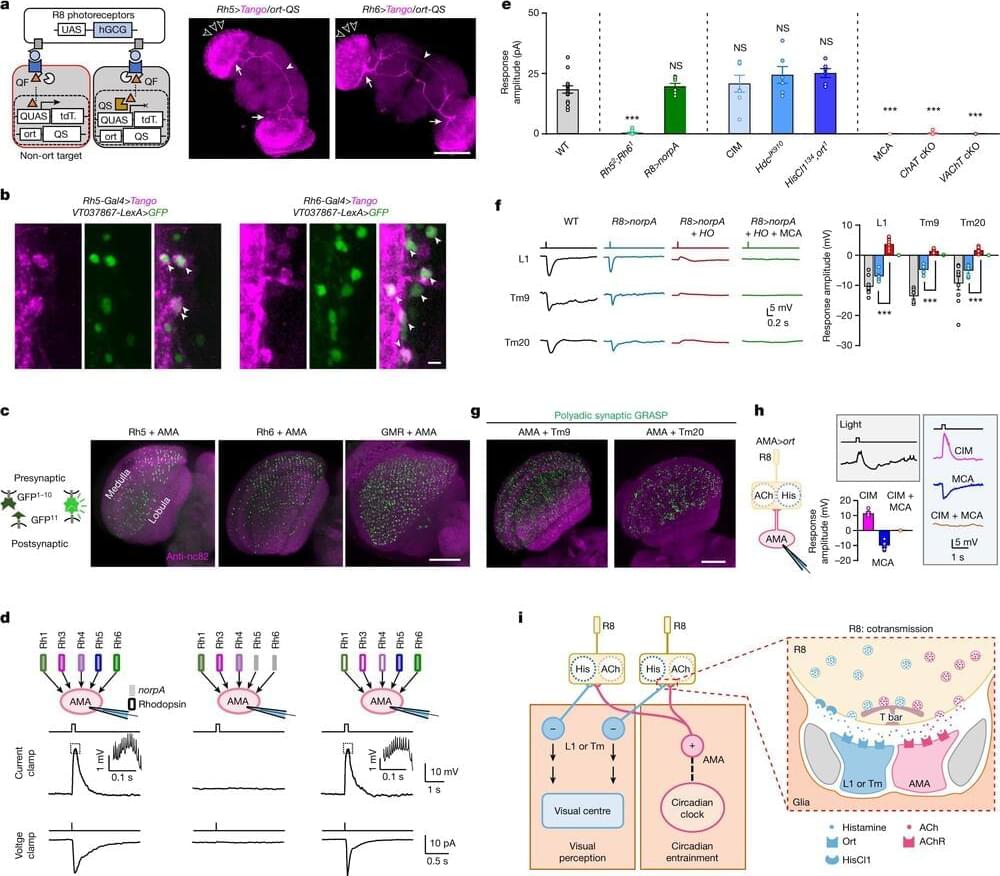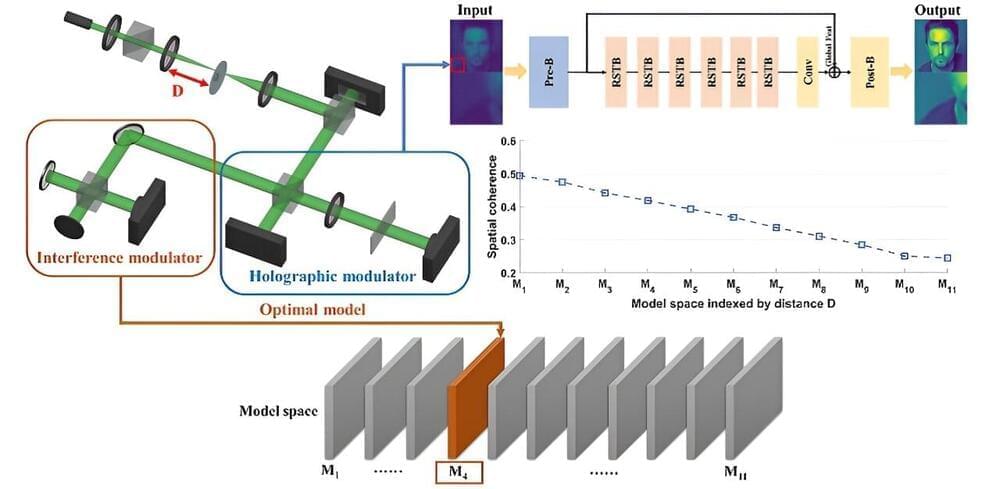The researchers built a dynamic data acquisition platform to capture human arm motion during assembly tasks.
A team of researchers from the Beijing Institute of Technology has developed a new method to control robots that can assemble satellites in space. The technique is inspired by the human arm, which can adjust its damping to perform different tasks with precision and stability. The researchers published their findings in Cyborg and Bionic Systems.
Space operations with robots and challenges
Space operations require robots to interact with objects in complex and dynamic environments. However, traditional robot control methods have limitations in adapting to diverse and uncertain situations and are prone to vibration, which can cause assembly failure. To overcome these challenges, the researchers proposed a human-like variable admittance control method based on the variable damping characteristics of the human arm.
